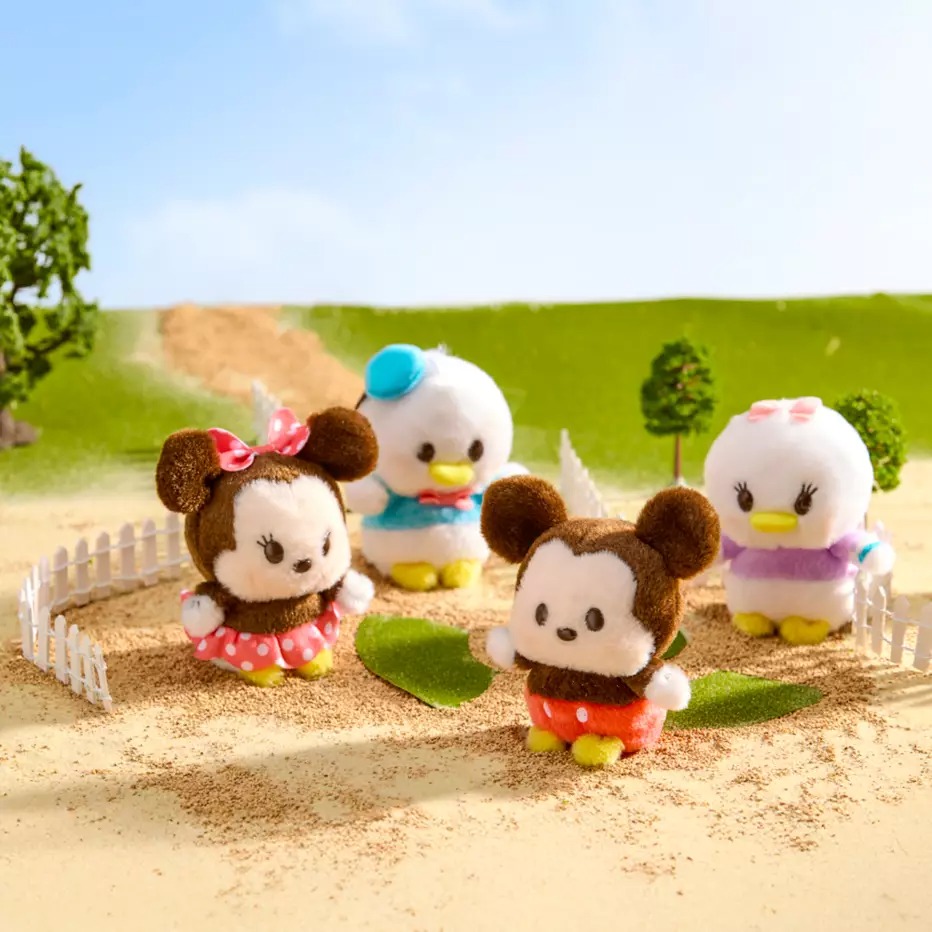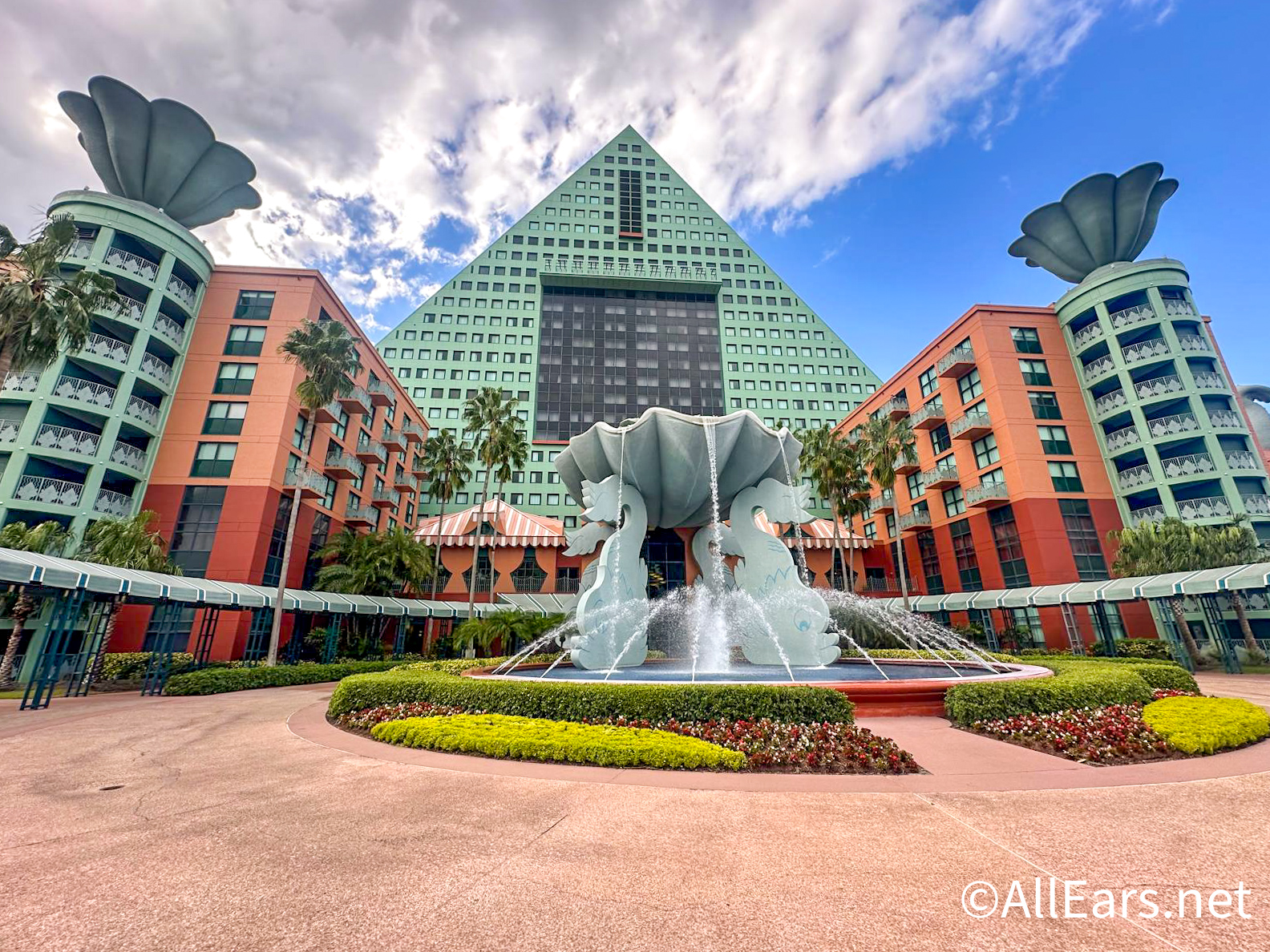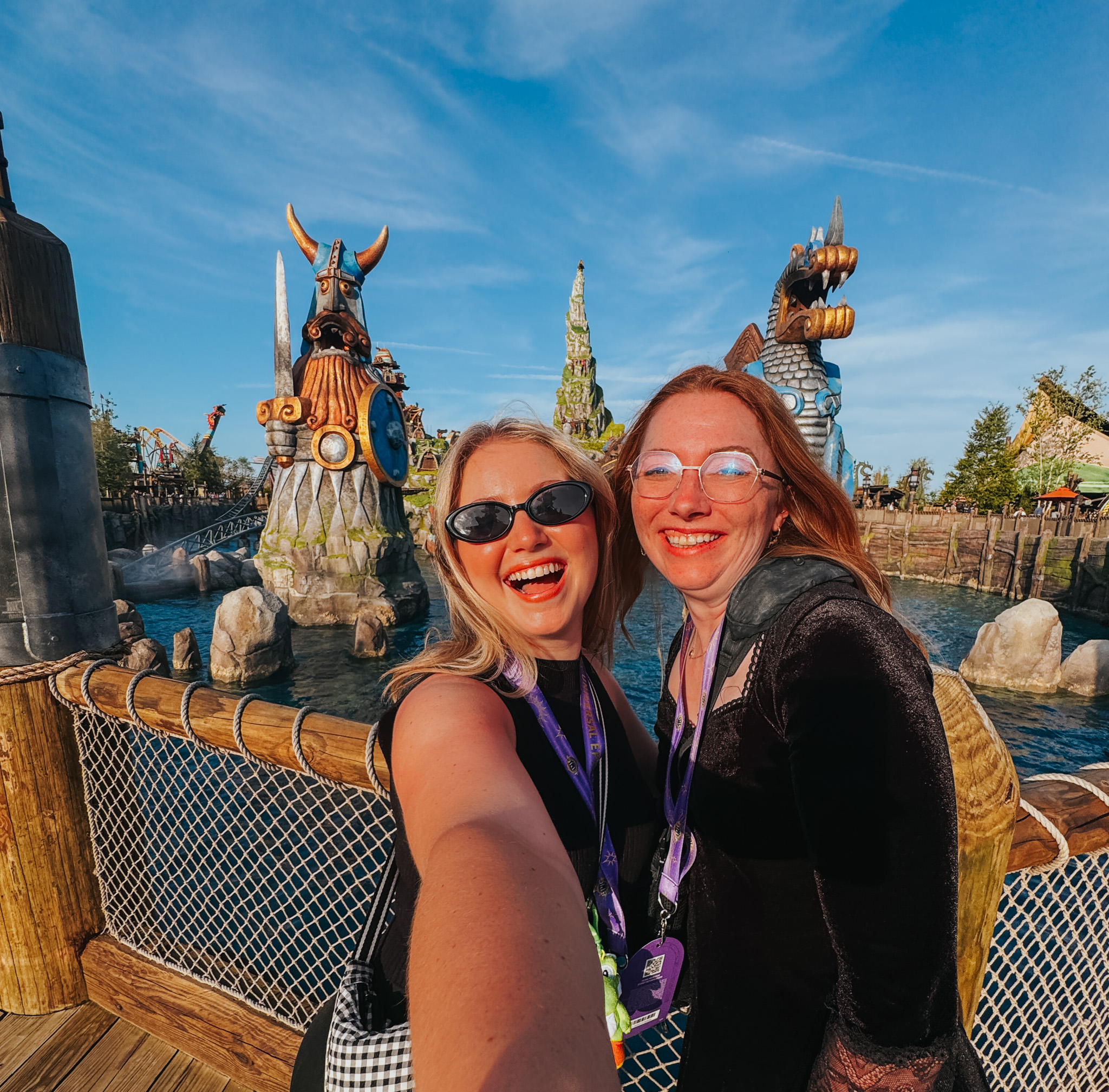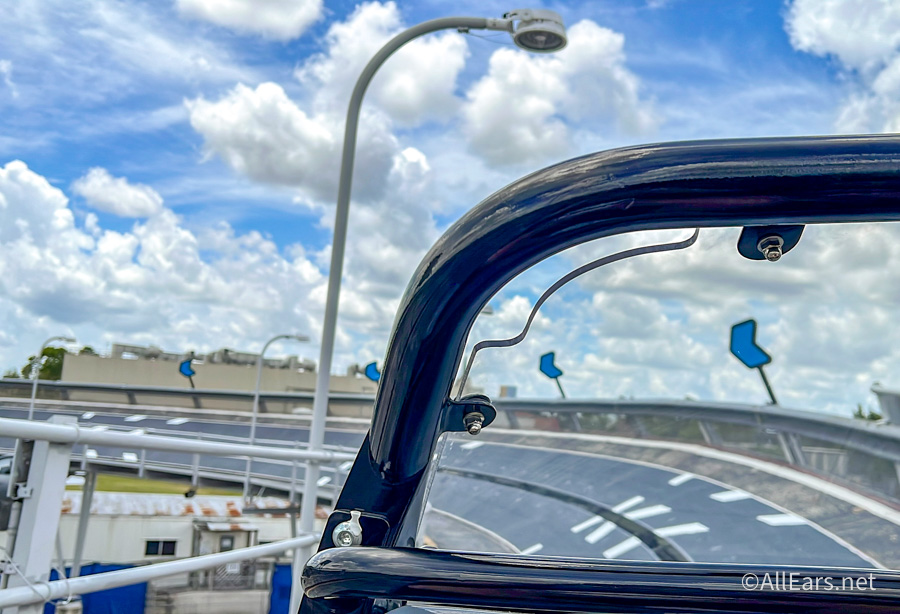
Imagineers are the cornerstone of The Walt Disney Company, creating much of the magic that guests experience in attractions, rides, environmental design and live entertainment at the theme parks and on the cruise line ships. As such, the jobs are coveted roles in the company, and kids, teens and college students — my almost-teen son included — often wonder how they can land such jobs, and even make them into long-term careers.
At the D23 Expo last weekend in Anaheim, Calif., Disney Legend and Imagineering Ambassador Marty Sklar attempted to answer that question by presenting panelists whose paths to Imagineering varied but ultimately have led them to success. These current Imagineers also have contributed to Sklar’s book, “One Little Spark!” which served as the framework for the panel discussion.

Sklar pointed to two tools in his book – Mickey’s Ten Commandments and The Road to Imagineering – that have helped him become a revered Imagineer, one who worked with Walt Disney himself.
“The first thing I thought of was my Mickey’s Ten Commandments,” Sklar said. “Basically this is my philosophy for creating new things — Disney projects or community projects or just about anything that required creative leadership.”
Here is his list of must-dos:
1. Know your audience
2. Wear your guests’ shoes
3. Organize the flow of people and ideas
4. Create a wienie (visual magnet)
5. Communicate with visual literacy
6. Avoid overload — create turn-ons
7. Tell one story at a time
8. Avoid contradictions — maintain identity
9. For every ounce of treatment, provide a ton of treat
10. Keep it up (and maintain it)!

Artist Patti Nelson illustrated “The Road to Imagineering” map on the inside of the book’s dust jacket. It’s designed to inspire and guide future Imagineers with some basic sentiments, such as “Ask why,” “Try things,” “Love what you do,” and, of course, “Dream it, Do it.”
The other panelists described their own roads to Imagineering, offering the audience some advice for breaking into Imagineering.
Daniel Joseph, a senior special effects designer, said, “I love to invent and create new things that can solve a problem or create a better experience where there once was a status quo. We have the ability to make the world a better place and make people happy and even mystified through the gift of design.”
“For me, Imagineering started where I grew up, which is one of the smallest states in the Union, Delaware, on the other side of the country — equally far from every Disney park possible. But, still, that’s where I managed to be inspired by Imagineering at a really young age.
“I had to teach myself about mechanics and other things because at school I was learning about civics and other things. I also at the same time got into making haunted attractions, little haunted houses in my basement, and did it for the neighborhood kids at age 11. Learning about all this stuff, like how to make a fog machine, are fun things to learn as a kid.
“I went to this Disney park in Florida and went on Haunted Mansion and Horizons and realized that people do these things for a living. So I amped up things and started making the haunted houses more and more elaborate, and I got in a few local newspapers. [Disney Imagineer and special effects creator] Yale Gracey to me as a teenager became like my Michael Jordan. I just wanted to learn everything about him, and I couldn’t believe that someone like this actually existed. So it became my goal to learn more and more about him and try to be like him and do things as he would do them.
“But I wondered how to do what I do and get a degree for it because there really is not an Imagineering degree. I chose industrial design and that was a lot of product design. … My dorm room became my R&D room with lasers and fog and inventions. … My thirst for knowledge hasn’t stopped. At home, right next to our baby’s room is a room of 3D printers. So nothing has changed.”

Dex Tanksley, an Imagineering project design manager, said, “If it wasn’t for Marty Sklar and the Imaginations program, I probably would be designing strip malls in Rochester, N.Y.!”
Tanksley entered the national Imagineering competition called Imaginations with two friends, and they won first place with the design for an indoor ski slope, which didn’t exist at the time.
“We even came up with characters like Dog-o-mite, who was the super secret agent snow dog. We created characters, a comic book, a model, drawings,” Tanksley said.
“When I first showed up on the scene here in Anaheim as an intern, my first experience was on the balcony of Club 33, looking at a new nighttime extravaganza called Fantasmic! and it just blew my mind. Looking at the amazing special effects and the great storytelling in a place that has been here for years. And it was a brand-new experience. That was the night I ended up being a fan of Mickey Mouse, and he’s been my favorite ever since.
“Next, I was given the opportunity to work with the design team on Indiana Jones. What a way to begin my career! Autopia was the first time I had the chance to take a design from the conceptual phase all the way through to construction. Those milestones are important to Imagineers because we take lessons we have learned back to Imagineering and we make the next attraction a better attraction.
“Why should the sky be the limit? If we let the sky be the limit, we wouldn’t have been able to advance what Walt started 60 years ago. Your imagination should be like the universe: To infinity and beyond!”
Shelby Jiggetts-Tivoney, a creative development executive, said, “I think it’s wonderful to have a vision and focus on it, but I think it can be equally rewarding to work from a role of attrition. Basically, I took anything I did badly, didn’t understand or didn’t like to do off the table. I went to school and to college and decided on a profession.”
Furthermore, she said, “You are never limited by your circumstances. I am very fortunate to share this stage with a number of people who fell in love with the parks at a young age and discovered Imagineering. … I have the opposite side of the journey. I didn’t go to a Disney park. I didn’t have any affinity for the Disney brand. It really wasn’t a part of my background. I’m from Richmond, Va., and my mom was a single mom for most of my childhood. She was a master of acquiring opportunities for us for free. Sometimes it would be cheese or powdered milk and other times it would be concerts.
“The National Endowment for the Arts and The National Endowment for Humanities were all part of the government-subsidized opportunities where artists toured the country. For me as a child, I was able to see a touring company of Alvin Ailey American Dance Theater. I saw Judith Jamison, a brillant, brillant dancer do a performance called ‘Cry’ and it changed my life. This was modern-dance theater and it moved me and excited me and I saw the broader world of what performing arts can do.
“I didn’t know what in the theater I ultimately would end up doing, but I felt passionate about the theater. I did everything: production management, grant writing, script reader. My college career focused on only things that allowed me to read and write, not science or math. That taught me to be good at script analysis and dramaturgy so I matriculated and worked for Lincoln Center Theater, New York Shakespeare Festival , etc.
“I was fortunate enough to have been headhunted by Disney. While I didn’t have the understanding of Imagineering or any experience the parks, I entered through creative entertainment, which is the division that recruited me, and it’s been amazing. I’ve worked all over the world.”

Kevin Rafferty, an executive creative director at Imagineering, was crucial to the development of the very popular Cars Land at Disney California Adventure. His path to Imagineering started as a dishwasher at the Plaza Inn on Main Street while he was earning an art degree. He worked his way up to the position of an Imagineer.
“When I got my art degree, I had an interview set up with Disney Studio, but then I saw a job board and it said WED Enterprises was hiring designers to work on Epcot Center. Although my job was entry level — dusting bottles, cutting masks, setting up chairs for artists — I learned from them. I did a lot of special projects on the weekend to try to prove that I could do this.
“Randy Bright, vice president of Creative and a writer by trade, recognized something in me,” Rafferty wrote for Sklar’s book. “He began to compliment my writing, and whenever he asked for my thoughts in a meeting, the floodgates burst open. Randy gave me my first break. I’ve listened and learned from the masters, paid close attention to my colleagues from all other disciplines, so much so that I’ve learned to think like them and have come to understand and appreciate what works, what doesn’t, and why in the wonderful world of Imagineering.”
Even if you couldn’t attend Sklar’s D23 Expo preentation, you can learn from the many Imagineers who contributed and the Disney Legend himself by reading his book “One Little Spark.”























Great post. I too have considered becoming an Imagineer, but I already love my current job (Chief Engineer). And that’s what it’s all about, having a job you love and are passionate about! Good luck to your son. P.S. I treasure my photo with Marty Sklar too. He was soooooo nice.
KRISTIN: Thank you, Brygida!